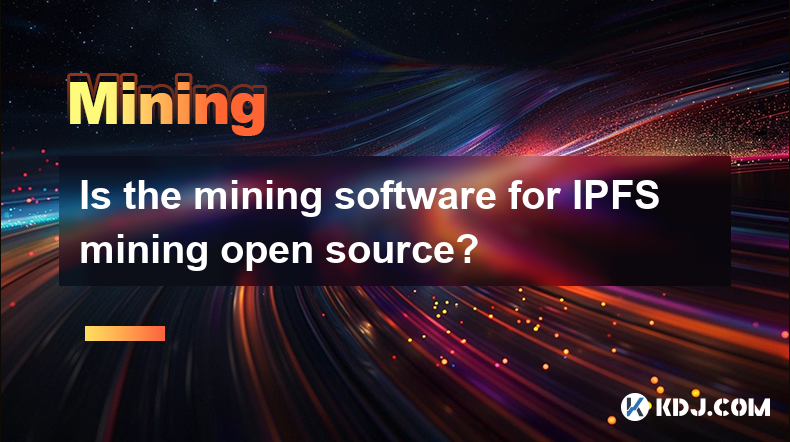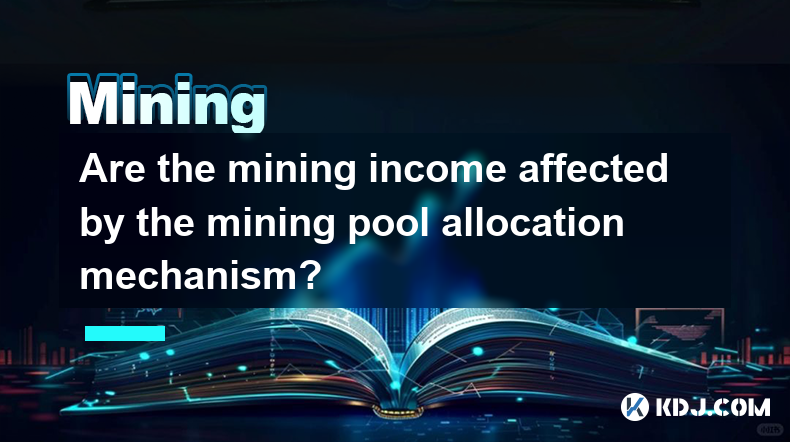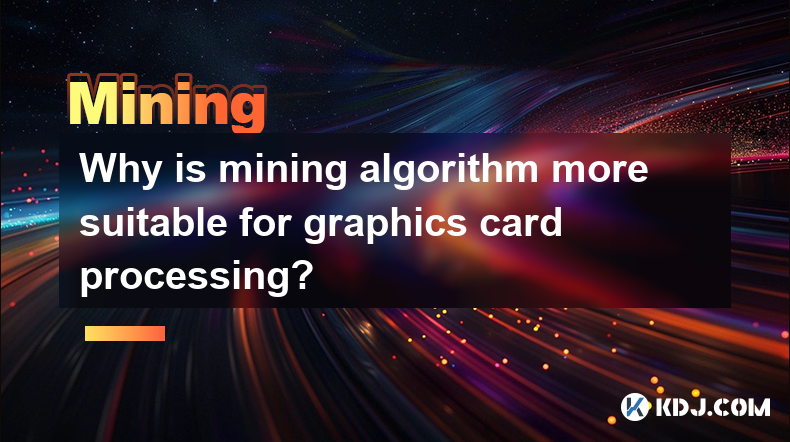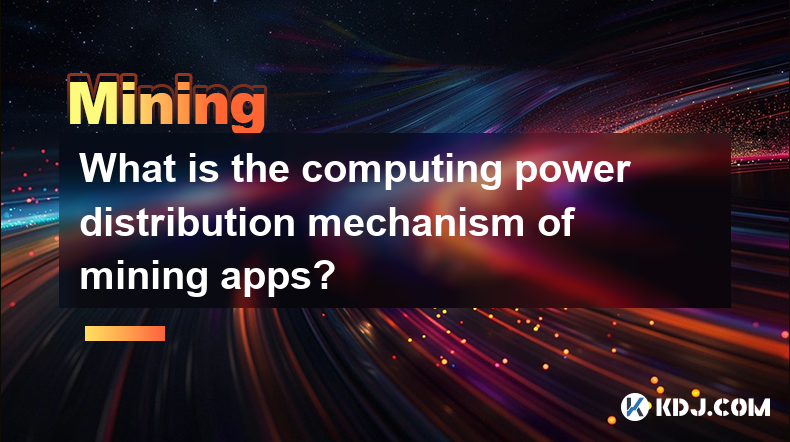-
 Bitcoin
Bitcoin $82,888.2507
0.21% -
 Ethereum
Ethereum $1,826.4116
0.80% -
 Tether USDt
Tether USDt $0.9998
0.01% -
 XRP
XRP $2.0924
-2.17% -
 BNB
BNB $600.4086
-0.52% -
 Solana
Solana $126.0638
1.46% -
 USDC
USDC $0.9999
-0.01% -
 Dogecoin
Dogecoin $0.1640
-2.63% -
 Cardano
Cardano $0.6498
-2.77% -
 TRON
TRON $0.2356
2.43% -
 Toncoin
Toncoin $3.9911
5.30% -
 Chainlink
Chainlink $13.4207
-0.87% -
 UNUS SED LEO
UNUS SED LEO $9.0861
-6.24% -
 Stellar
Stellar $0.2672
0.13% -
 Avalanche
Avalanche $18.7915
-2.46% -
 Shiba Inu
Shiba Inu $0.0...01227
-2.25% -
 Sui
Sui $2.2578
-3.57% -
 Hedera
Hedera $0.1630
-3.90% -
 Polkadot
Polkadot $4.0311
-0.30% -
 MANTRA
MANTRA $6.3127
1.62% -
 Litecoin
Litecoin $82.2584
-3.82% -
 Bitcoin Cash
Bitcoin Cash $300.3792
-1.34% -
 Bitget Token
Bitget Token $4.4887
-1.64% -
 Dai
Dai $0.9999
0.00% -
 Ethena USDe
Ethena USDe $0.9999
0.02% -
 Pi
Pi $0.7023
-7.73% -
 Hyperliquid
Hyperliquid $12.7602
2.76% -
 Monero
Monero $216.6686
0.09% -
 Uniswap
Uniswap $5.9473
0.32% -
 Aptos
Aptos $5.3341
1.57%
Is the mining software for IPFS mining open source?
While IPFS itself is open-source, "mining" it for crypto differs from blockchain mining; some projects offer crypto rewards for network contributions using varying open-source and proprietary tools.
Mar 25, 2025 at 11:14 pm

Key Points:
- The question of open-source software for IPFS mining is complex, as IPFS itself is open-source but mining isn't directly analogous to Bitcoin or other blockchain mining.
- Several projects utilize IPFS and offer tools, some open-source, some proprietary, for contributing to the network and potentially earning rewards. These are not strictly "mining" in the traditional sense.
- Open-source contributions are vital to IPFS's health and development, but these don't directly translate into cryptocurrency rewards in most cases.
- The availability of open-source tools depends on the specific project and its goals.
Is the Mining Software for IPFS Mining Open Source?
The term "IPFS mining" is often misused. Unlike Bitcoin or Ethereum, IPFS doesn't have a built-in mechanism for mining cryptocurrency through proof-of-work or similar consensus mechanisms. IPFS is a decentralized storage and file-sharing network. Therefore, there's no single "mining software" for IPFS in the traditional sense.
However, contributing to the IPFS network can involve running nodes, storing data, and providing bandwidth. Several projects and initiatives reward users for contributing resources. These rewards might be in the form of cryptocurrencies issued by these projects, but they aren't directly tied to IPFS itself. The software used by these projects varies.
The core IPFS protocol and implementation are indeed open-source. The code is publicly available on GitHub, allowing anyone to review, modify, and contribute to its development. This open-source nature is fundamental to IPFS's decentralized and transparent operation.
Many tools built around IPFS are also open-source. These tools can assist with running nodes, managing data, and interacting with the network. Examples include command-line interfaces, libraries for different programming languages, and other utilities. These tools often simplify the process of participating in the IPFS ecosystem.
However, not all projects or tools associated with IPFS are open-source. Some companies and organizations might develop proprietary software for specific applications or services that utilize the IPFS network. These proprietary tools may offer enhanced features or functionalities not available in open-source alternatives.
The crucial distinction is that while you can contribute to the IPFS network using open-source tools, receiving cryptocurrency rewards often involves interacting with other projects that might employ proprietary or open-source software depending on their specific design and business model.
Understanding Different Approaches to IPFS Contribution:
Participating in the IPFS ecosystem involves various roles and approaches. Some involve using open-source tools, while others might rely on proprietary solutions.
- Running a Node: You can run an IPFS node using the official open-source Go implementation. This contributes to the network's overall performance and availability.
- Data Storage: Some projects incentivize users to store data on their IPFS nodes. The software used for this might be open-source or proprietary, depending on the specific project.
- Bandwidth Provision: Providing bandwidth to the network is another way to contribute. Tools for this might be open-source or proprietary.
- Development and Contribution: Directly contributing to the IPFS open-source codebase is a significant way to contribute, though it doesn't directly translate to cryptocurrency rewards.
The Role of Open-Source in IPFS:
The open-source nature of IPFS is crucial for its success. It promotes transparency, allows for community-driven development, and ensures that the network is not controlled by a single entity. This transparency fosters trust and allows for independent verification of the code.
Many projects building on top of IPFS leverage this open-source foundation. However, they might add proprietary components or utilize different reward systems for participation. This means that even though the underlying technology is open, the tools and mechanisms for earning rewards may vary greatly.
Frequently Asked Questions:
Q: Can I mine IPFS to earn cryptocurrency?
A: No, you cannot "mine" IPFS in the same way you mine Bitcoin. IPFS doesn't have a proof-of-work system for generating cryptocurrency. However, some projects offer cryptocurrency rewards for contributing storage, bandwidth, or other resources to the network.
Q: Are all IPFS-related tools open-source?
A: No, while the core IPFS protocol and many associated tools are open-source, some projects and companies build proprietary software that interacts with the IPFS network.
Q: How can I contribute to the IPFS network using open-source software?
A: You can contribute by running a node using the official open-source Go implementation, contributing to the open-source codebase, or using and improving open-source tools built around IPFS.
Q: What are the benefits of using open-source IPFS tools?
A: Open-source tools offer transparency, community support, and the ability to customize and adapt the software to your specific needs. They also generally foster trust and prevent vendor lock-in.
Q: Where can I find open-source IPFS software?
A: The official IPFS implementation is on GitHub. Many other open-source projects related to IPFS can be found through searching GitHub or other open-source repositories. You should carefully vet any software before using it.
Disclaimer:info@kdj.com
The information provided is not trading advice. kdj.com does not assume any responsibility for any investments made based on the information provided in this article. Cryptocurrencies are highly volatile and it is highly recommended that you invest with caution after thorough research!
If you believe that the content used on this website infringes your copyright, please contact us immediately (info@kdj.com) and we will delete it promptly.
- X2Y2 NFT marketplace is shutting down after three years of operation
- 2025-03-31 22:40:13
- The Meme Index ($MEMEX) presale wraps up at 2 p.m. UTC, with over $4.5 million raised.
- 2025-03-31 22:40:13
- Coinbase Global (COIN) Stock Is About to Form the Dreaded Death Cross Pattern
- 2025-03-31 22:35:13
- The Evolution of Metis: A Pioneering Infrastructure Beyond a Single L2
- 2025-03-31 22:35:13
- As the Countdown to Launch Begins, This Meme Coin Project Intertwines One of the Most Compelling Adventurous Stories
- 2025-03-31 22:30:12
- Dawgz AI (DAGZ) Token, the Smartest Bet for 2025
- 2025-03-31 22:30:12
Related knowledge

Are the mining income affected by the mining pool allocation mechanism?
Mar 31,2025 at 05:49pm
Understanding Mining Pool Allocation MechanismsMining pools aggregate the hashing power of many miners to increase the chances of successfully mining a block. The reward for successfully mining a block is then distributed among the pool's participants based on their contribution – usually measured in shares submitted. The allocation mechanism determine...

What is the difference between mining machine mining that can earn 2,000 yuan a day and ASIC mining?
Mar 31,2025 at 08:56pm
Understanding High-Earning Mining Machines and ASICsThe claim of a mining machine earning 2,000 yuan (approximately $280 USD) daily is a bold one, requiring careful examination. This level of profitability is highly dependent on several factors, and isn't necessarily indicative of a specific type of mining machine. It's crucial to understand that profi...

What are the hardware requirements for CPU mining?
Mar 31,2025 at 10:49pm
Understanding CPU Mining in the Cryptocurrency LandscapeCPU mining, once a prevalent method for earning cryptocurrencies, has significantly diminished in popularity due to the rise of specialized hardware like ASICs and GPUs. While still technically possible for some less computationally intensive cryptocurrencies, it's crucial to understand its limita...

Why is mining algorithm more suitable for graphics card processing?
Mar 31,2025 at 05:28pm
The Parallel Processing Power of GPUs in Cryptocurrency MiningThe core reason why many cryptocurrency mining algorithms are more suitable for graphics card (GPU) processing lies in their inherent architecture. GPUs are designed for parallel processing, handling many calculations simultaneously. This contrasts with CPUs, which excel at sequential proces...

How to solve the cooling problem of graphics card mining?
Mar 31,2025 at 02:35pm
Understanding GPU Cooling in Cryptocurrency MiningGraphics cards (GPUs) generate significant heat during cryptocurrency mining, demanding efficient cooling solutions to prevent damage and maintain optimal performance. Overheating can lead to reduced hash rates, instability, and even permanent hardware failure. This necessitates a proactive approach to ...

What is the computing power distribution mechanism of mining apps?
Mar 31,2025 at 03:56pm
Understanding Hashrate Distribution in Mining AppsMining apps, used to participate in the Proof-of-Work (PoW) consensus mechanism of cryptocurrencies like Bitcoin, rely on a distributed network of miners contributing computing power. This power, measured in hashes per second (hashrate), isn't evenly distributed. Understanding how it's allocated is cruc...

Are the mining income affected by the mining pool allocation mechanism?
Mar 31,2025 at 05:49pm
Understanding Mining Pool Allocation MechanismsMining pools aggregate the hashing power of many miners to increase the chances of successfully mining a block. The reward for successfully mining a block is then distributed among the pool's participants based on their contribution – usually measured in shares submitted. The allocation mechanism determine...

What is the difference between mining machine mining that can earn 2,000 yuan a day and ASIC mining?
Mar 31,2025 at 08:56pm
Understanding High-Earning Mining Machines and ASICsThe claim of a mining machine earning 2,000 yuan (approximately $280 USD) daily is a bold one, requiring careful examination. This level of profitability is highly dependent on several factors, and isn't necessarily indicative of a specific type of mining machine. It's crucial to understand that profi...

What are the hardware requirements for CPU mining?
Mar 31,2025 at 10:49pm
Understanding CPU Mining in the Cryptocurrency LandscapeCPU mining, once a prevalent method for earning cryptocurrencies, has significantly diminished in popularity due to the rise of specialized hardware like ASICs and GPUs. While still technically possible for some less computationally intensive cryptocurrencies, it's crucial to understand its limita...

Why is mining algorithm more suitable for graphics card processing?
Mar 31,2025 at 05:28pm
The Parallel Processing Power of GPUs in Cryptocurrency MiningThe core reason why many cryptocurrency mining algorithms are more suitable for graphics card (GPU) processing lies in their inherent architecture. GPUs are designed for parallel processing, handling many calculations simultaneously. This contrasts with CPUs, which excel at sequential proces...

How to solve the cooling problem of graphics card mining?
Mar 31,2025 at 02:35pm
Understanding GPU Cooling in Cryptocurrency MiningGraphics cards (GPUs) generate significant heat during cryptocurrency mining, demanding efficient cooling solutions to prevent damage and maintain optimal performance. Overheating can lead to reduced hash rates, instability, and even permanent hardware failure. This necessitates a proactive approach to ...

What is the computing power distribution mechanism of mining apps?
Mar 31,2025 at 03:56pm
Understanding Hashrate Distribution in Mining AppsMining apps, used to participate in the Proof-of-Work (PoW) consensus mechanism of cryptocurrencies like Bitcoin, rely on a distributed network of miners contributing computing power. This power, measured in hashes per second (hashrate), isn't evenly distributed. Understanding how it's allocated is cruc...
See all articles






















































































